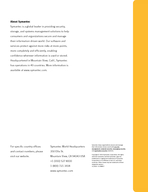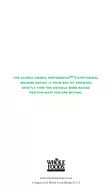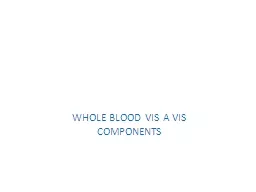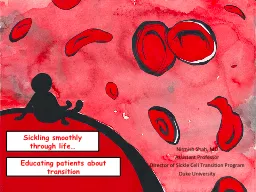PPT-Sickling in whole blood
Author : anya | Published Date : 2024-02-03
The sickling phenomenon may be demonstrated in a thin wet film of blood sealed with a petroleum jellyparaffin wax mixture or with nail varnish If haemoglobin S
Presentation Embed Code
Download Presentation
Download Presentation The PPT/PDF document "Sickling in whole blood" is the property of its rightful owner. Permission is granted to download and print the materials on this website for personal, non-commercial use only, and to display it on your personal computer provided you do not modify the materials and that you retain all copyright notices contained in the materials. By downloading content from our website, you accept the terms of this agreement.
Sickling in whole blood: Transcript
Download Rules Of Document
"Sickling in whole blood"The content belongs to its owner. You may download and print it for personal use, without modification, and keep all copyright notices. By downloading, you agree to these terms.
Related Documents














